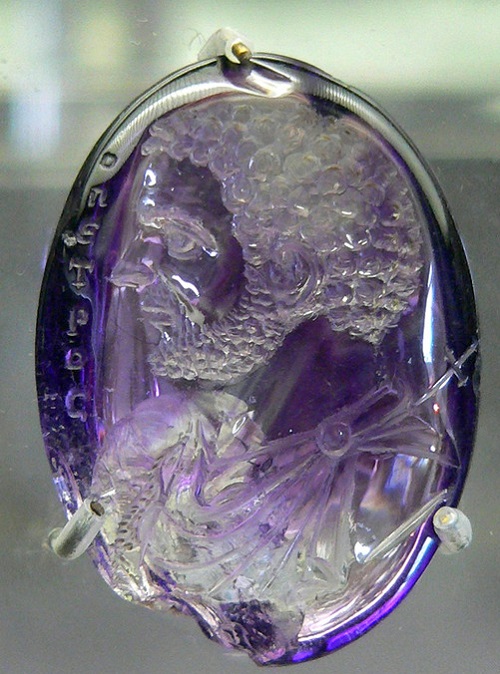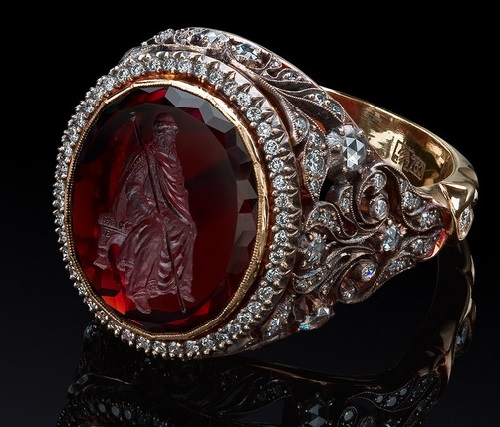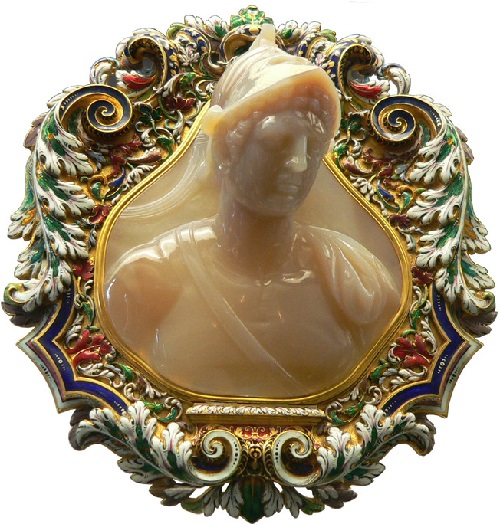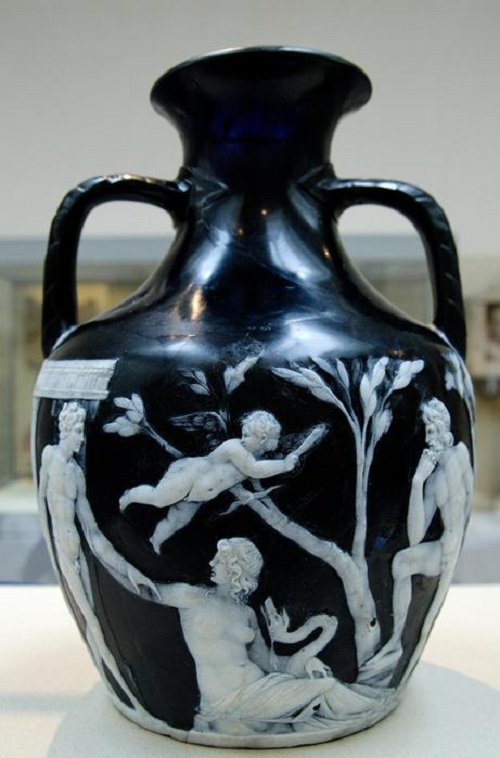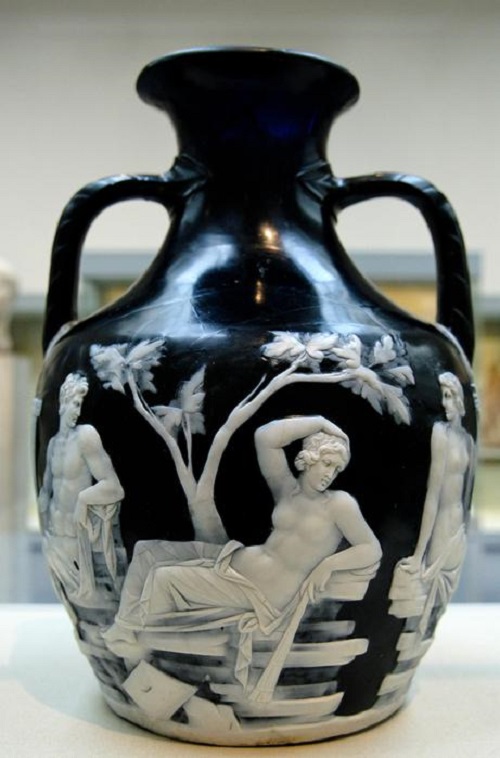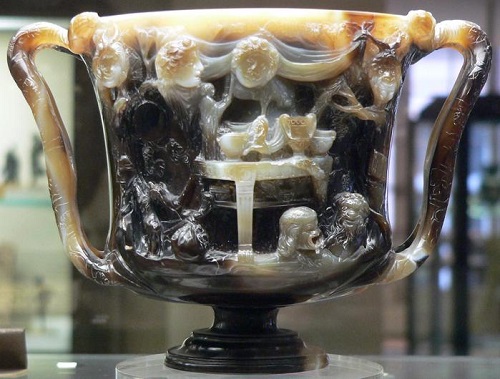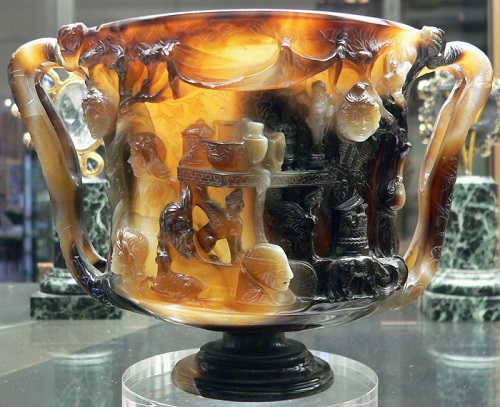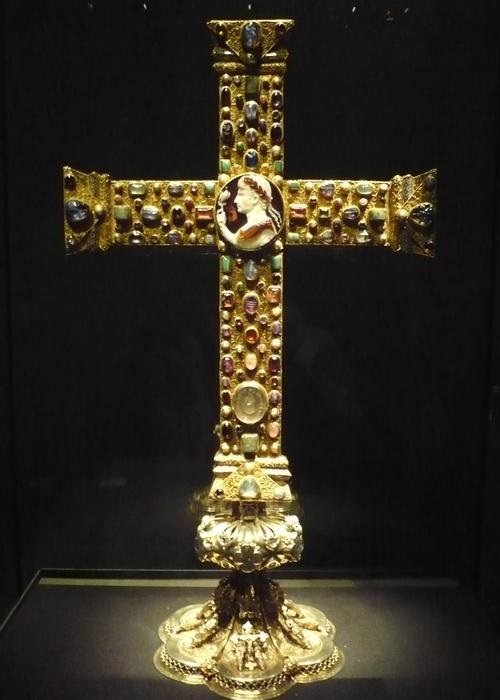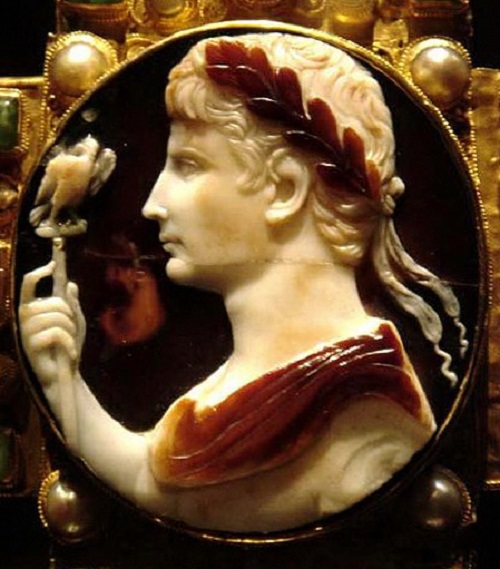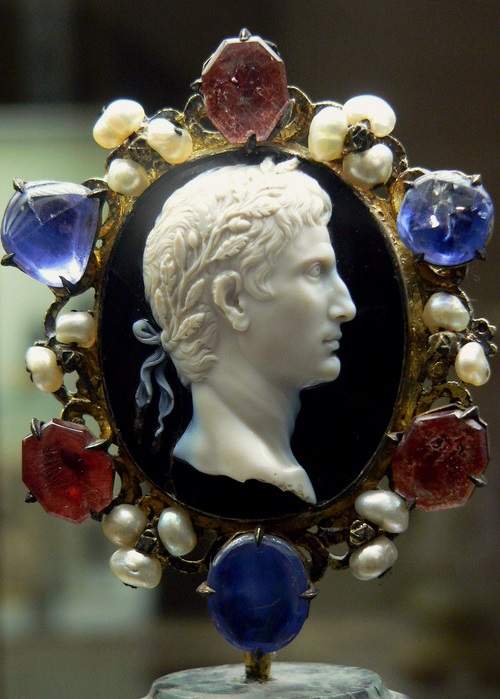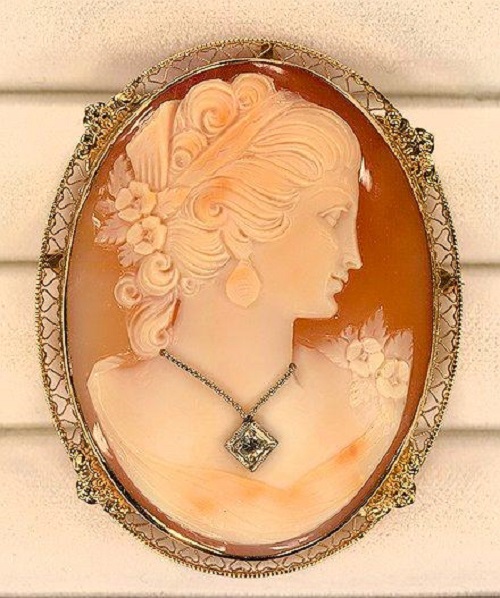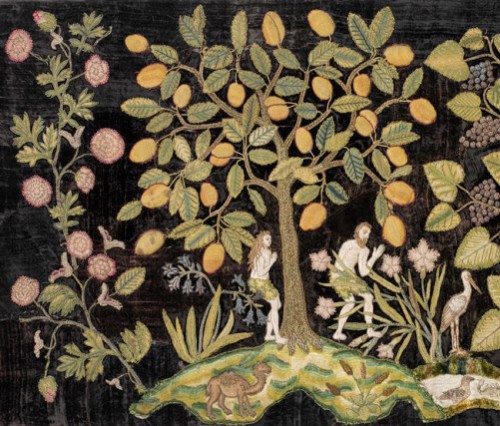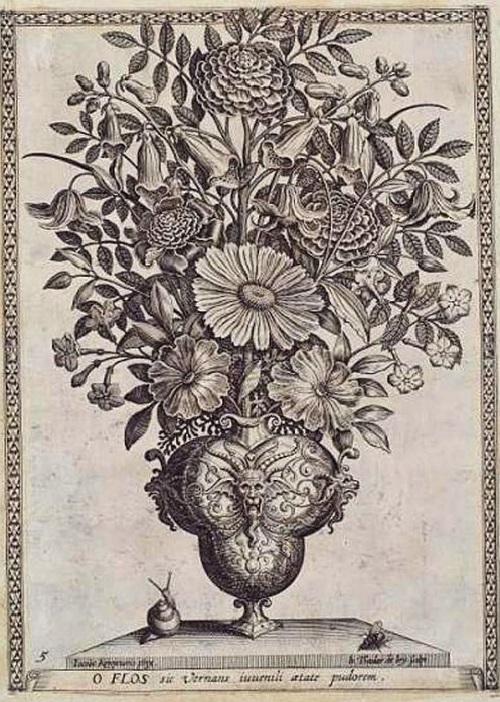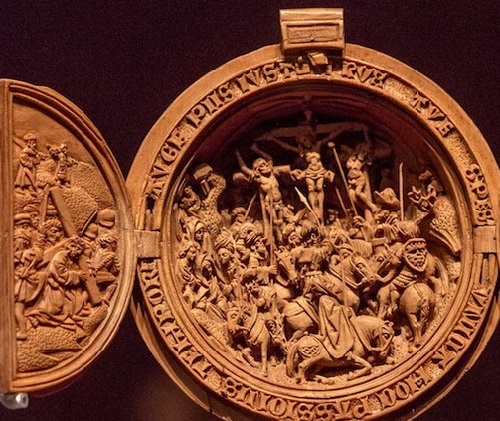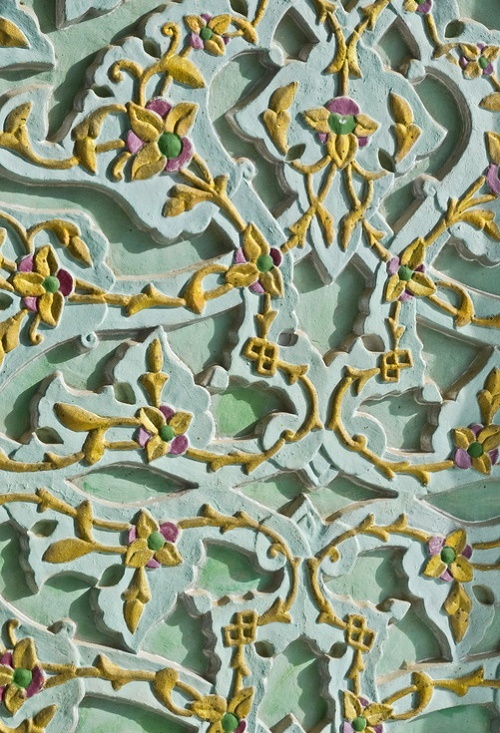Antique gem carving art
Antique gem carving art is known as Glyptics, and it is the art of carving on multicoloured or precious stones. Glyptic works are called engraved gems. The activity is called gem carving, and the artists – gem-cutters. References to antique gems, and intaglios in a jewellery context, will almost always mean carved gems. Gems with embedded images (intaglio), and with bas-relief images of convex (cameo) are distinguished. They were born of the classical art of antiquity, an art which poeticized and proclaimed as aesthetically pleasing all that was best and most worthy in the ideal of harmonious and perfect man. A craftsman could spend months and even years on the creation of a single cameo. E. Babelon, the French scholar of the early twentieth century and one of the most eminent connoisseurs of glyptics, remarked that it took as long to make a large cameo as to build a whole cathedral.

Artemis with a hind. Sardonyx. 1st century B.C. — 1st century A.D. 1.8 × 1.5 cm. Saint-Petersburg, The State Hermitage Museum
The art of carving cameos demanded from the craftsman an extraordinary degree of skill and perseverance. Almost every ancient cameo is an example of a selfless and fanatical love for the beautiful. The tools which were used for cameos – a bow-drill, and later a wheel with a driving belt rotated varying configurations of cutters. Agate, like most minerals utilized in glyptics, is harder than metal, and therefore the stone was not directly cut by a metal edge, but with the help of abrasives, “Naxos stone”, powdered corundum or diamond dust.
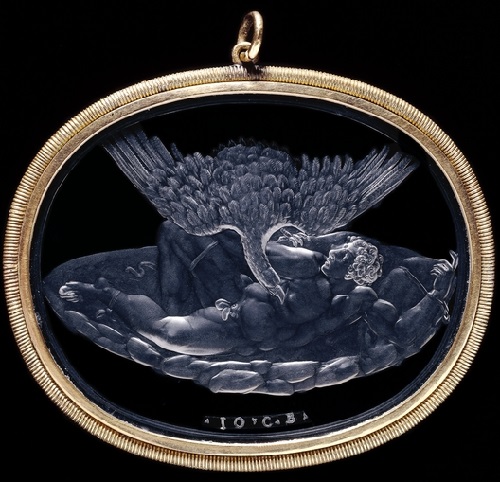
Intaglio ‘Punishment of Titus’. Rhinestone. 16th century author – Giovanni Bernardi (British Museum)
The image grew slowly. The master was forced to work almost blind, since the powder of the abrasive, mixed with oil or water, completely covered the design. A craftsman could spend months and even years on the creation of a single cameo.
The hardness of the stone was not the only technical difficulty encountered. It was also essential to determine in advance the sequence of the layers in the agate, which did not always run parallel, often changed thickness and bent capriciously. The layers of agate seem to have been-arranged by nature so that the white of a profile is accentuated by a dark background, and an ivory forehead crowned with chestnut curls.
The collection of antique cameos in the Hermitage can stand comparison with the world’s celebrated collections, with the possible exceptions of those in Vienna and Paris. The Hermitage’s first gems were acquired by Catherine II from the collection of L. Natter in 1764. But her enthusiasm reached its highest pitch in the eighties and nineties. The collections of de Breteuil, Byres, Slade, Mengs (1780-1782), Lord Beverley (1786), Louis-Philippe, Duke of Orleans (1787), The Duke of Saint Morys, and of J.-B. Casanova, Director of the Academy of Fine Arts in Dresden (1792), were all brought to the banks of the Neva. “Cameo fever” was the name Catherine gave to the passion for collecting which gripped her in these years.
By the end of Catherine II’s reign, the Hermitage owned more than 10,000 gems. A year before her death she wrote with pride to her trusted correspondent, “All the collections of Europe, compared to ours, are mere childish amusements”.

Intaglio depicting Julia, daughter of Titus. 9th century. Author – Euodos. Stored in the National Library (Cabinet of medals), Paris
Portland Vase known in art history as the most outstanding of the surviving works of ancient art glass. Is a decorative vessel 25 cm in height and 56 cm in circumference of two-layer of dark blue and white opaque glass, executed by the thread relief depicting seven figures of gods and mortals. This technique is reminiscent of multilayer gemstones carving. Allegedly made in Rome between 30 and 20 years BC.
Cup of Ptolemy. Two-handled cup from onyx or chalcedony threaded type cameos. Stored in the National Library (Cabinet of medals), Paris. Height 8.4 cm, diameter 12.5 cm
Cameo ‘Alexander the Great’. Alexandria is considered the birthplace of cameos, a city founded in 332 BC at the mouth of the Nile by Alexander the Great. Hence the earliest, famous gems of antiquity: a large cameo portraits of Ptolemy II and Arsinoe stored currently in St. Petersburg, “Ptolemy’s Cup”, which is stored in Paris. Performed by Greek masters at the Alexandrian court.
Cross of Lothaire (late 10th c., Germany). Sardonic, filigree gold and precious stones. In the center – a great cameo, depicting the Roman emperor Augustus in the laurel wreath, which on the reverse side of the cross corresponds to the engraved image of the crucified Christ, receiving a laurel crown from the hands of God the Father (double allegory of Christ as Lord in the land, and as winner of death, the emperor ruled on earth as vicar of Christ). Cross of Lothair was presented to the German Emperor Otto III. Kept in the treasury of Aachen Cathedral.
ancientrome.ru

